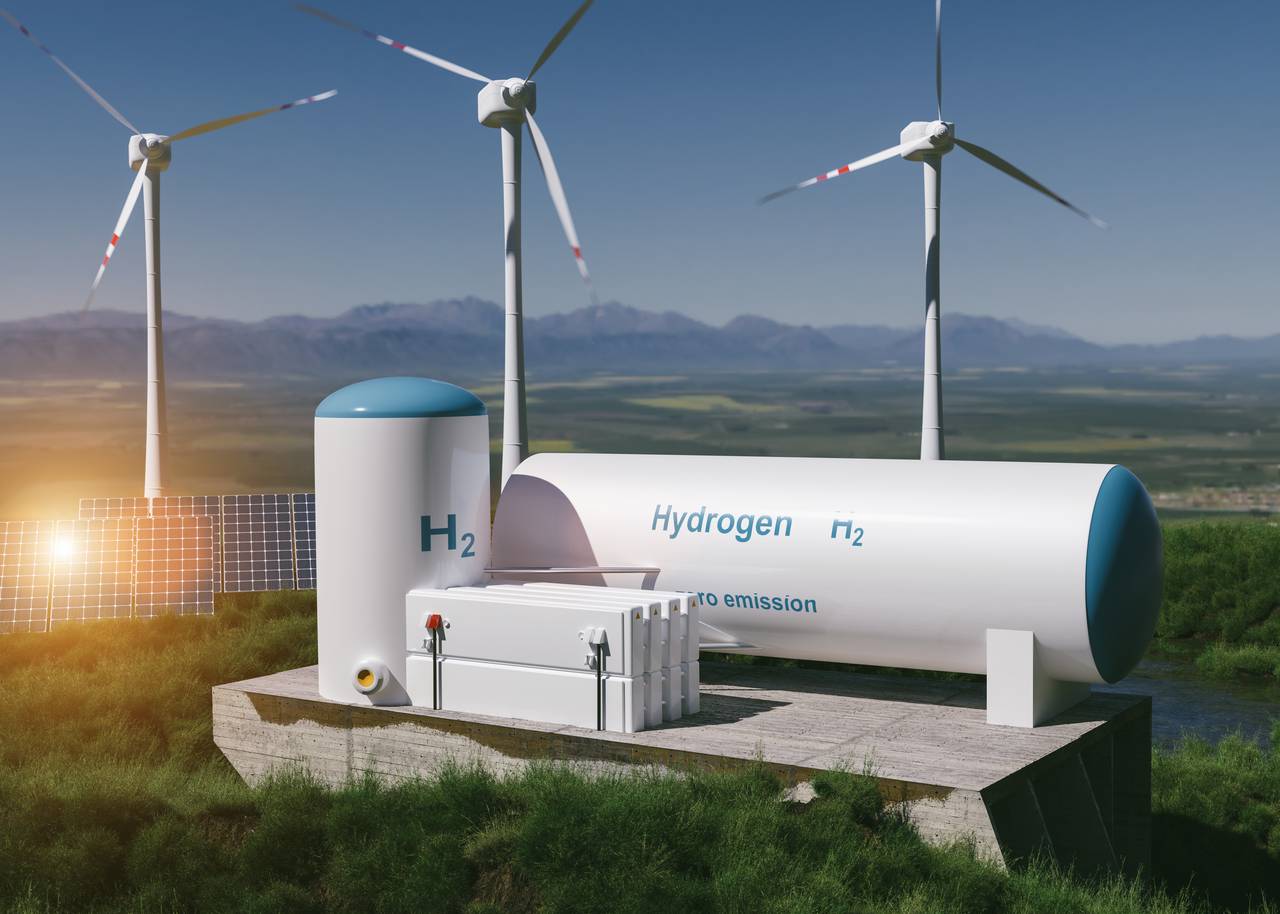Welding Industry's Role in Energy Transition

The world is in the midst of an energy transition that aims to limit global warming to 1.5°C. This ambitious target means a lot for the welding industry, and there's an insightful interview over at voestalpine Böhler Welding's website with Pierre Gérard, their Global Key Account Manager. Gérard dives deep into what this energy shift means for the sector, focusing on the importance of welding in projects involving wind power, hydrogen, ammonia, and carbon capture. Let's take a closer look at some of the key insights.
The numbers are staggering: to meet climate goals, the energy sector must reach net-zero emissions by 2050, and renewable energy's share in electricity production needs to jump from 28% today to over 90%. For the welding industry, this shift isn't just a statistic—it's a fundamental reworking of what and how we build. As wind power grows, for example, there's a need to move from traditional creep-resistant materials to more weldable carbon-manganese steels. This presents new challenges, especially as the size of components keeps growing. Gérard mentions that their factories in Germany and Italy have stepped up, developing consumables specifically for these tasks.

Hydrogen is another major player in the future energy mix. With a goal of producing 125 million tonnes of clean hydrogen by 2030, the demands on welding are significant. Hydrogen's nature, especially its need for storage at extreme temperatures (-253°C), requires specialized welding solutions. Here, cryogenic stainless steels come into play. The challenges aren't just about handling hydrogen safely; it's about ensuring that welding solutions are tough enough to handle low temperatures without compromising safety.
Ammonia, often seen as hydrogen's safer sibling, is becoming crucial for storage and transportation due to its reduced risk of explosion. It’s a big deal in the hydrogen economy, and the welding needed for ammonia storage tanks faces its own unique challenges. Stress corrosion cracking is a major concern when dealing with anhydrous ammonia, and Gérard emphasizes the need for selecting the right materials and filler metals to manage these issues effectively.

Lastly, Gérard talks about Carbon Capture, Utilization, and Storage (CCUS). With industries like petrochemicals and cement relying on CCUS to reduce emissions, the welding industry will need to be ready to provide the infrastructure. Whether it’s repurposing existing pipelines or building entirely new vessels, welding will be at the heart of these projects.
Overall, it’s clear that the welding industry is being shaped by the energy transition just as much as any other sector. From wind turbines to hydrogen storage, the materials and methods are evolving—and it's happening fast. Welding may not get the spotlight, but as Gérard’s insights show, it's the quiet hero keeping the world’s energy future on track.
Source:



Discussion